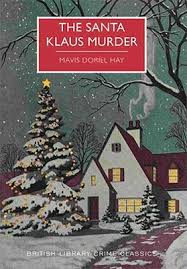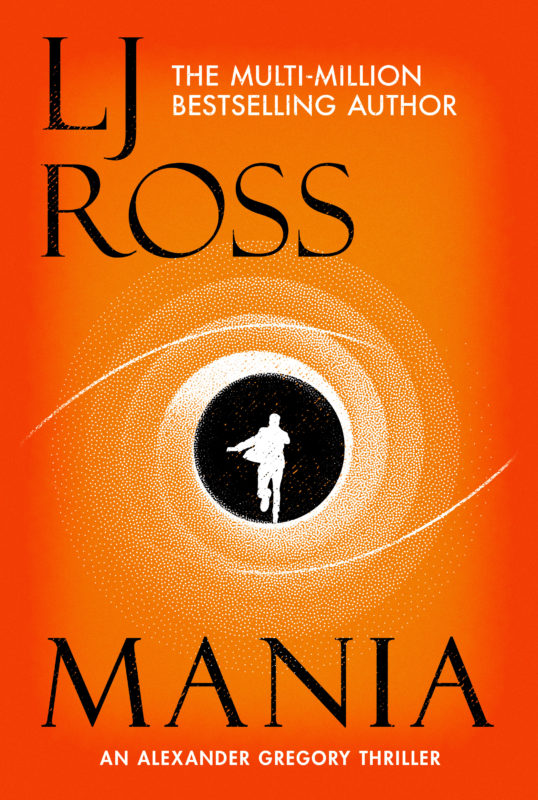
Some books really do give you precisely what the blurb promises.
Mavis Doriel Hay’s ‘The Santa Klaus Murder’ is one of them. Hay is an author whose three detective novels had long been forgotten, but a few years ago the British Library opted to bring all three out of retirement by reprinting them in their ‘Crime Classics’ series. This was her last book and possibly her best.
What’s it about?
Despite their many differences, the Melbury family always gather to celebrate Christmas together at the family’s country home, Flaxmere. When Sir Osmund Melbury is found shot dead in his locked study on Christmas day, the house and family are thrown into chaos. Initial investigations suggest that only the guest dressed as Santa Klaus could have done it, but he is the only person with no motive. In fact, it was arguably in his interests to keep Sir Osmund alive. Just when the case seems impossible to crack, the Chief Constable realises that there was not one Santa Klaus, but two…
What’s it like?
Perfectly of its time. Genuinely puzzling. Cleverly developed.
This is a classic ‘fair play’ detective novel. Readers are provided with a map and a list of suspects, both essential as we are introduced to the large cast of characters assembled within the house and required to understand the precise logistics of their movements. A dedicated reader could certainly try to reach the conclusion before or at least with Colonel Halstock; there are no sudden flashes of intuition or miraculous leaps of understanding, simply methodical checking of each alibi and clue in turn. And just in case you didn’t quite follow the gentle twists and turns, ebb and flow, of the plotting, Hay provides the answers in detail in a postscript Q&A which methodically tackles the culprit’s knowlege, opportunity and attempts to cover the trail.
As well as enjoying the methodical investigation of the crime itself, I found the characters intriguing. Sir Osmund is, of course, a cantankerous and controlling tyrant (which is essential in order for everyone to have motive to kill him), and his daughters, being old enough to have children themselves, have had plenty of time to develop grudges against him, as have their suitors. There were plenty of plausible suspects and, as Hay presents the case through a range of narrators according to who might be most fully conversant with the facts, plenty of opportunities to get to know them a little.
Finally, this is a classic aristocracy-closing-ranks-against-the-intrusive-detective tale. When several members of the party reluctantly begin to disavow their previous alibis, they cling to their arrogant justifications: essentially, these consist of ‘you would have drawn the wrong conclusions if I told you that’ and ‘I thought so-and-so had done it and wanted to protect them’. It seems only Colonel Halstock cares enough about Sir Osmund to prioritise bringing the murderer to justice!
Final thoughts
Red herrings, clues and twists abound in this classic cosy crime novel; I suggest curling up with a cup of tea and a good biscuit, preferably around Christmas time, ideally with a cat on your knee and a fire blazing at your feet, and see if you can work out whodunnit.


